前 言
Preface
中国与东南亚、南亚国家同为“一带一路”沿线重要国家,有着悠久的友好交往历史,文化交流始终是增进彼此了解、加深彼此友谊的桥梁和纽带。在第二届“中国-东盟大法官论坛”期间特别举办“中国-东南亚-南亚国家司法文化专题展”,以实物、图文、音视频等多种方式,集中展示中国与东南亚、南亚国家的司法文化和司法成就,对于不断增进中国与东南亚、南亚国家对彼此司法制度和司法现状的了解,进一步提升中国与东南亚、南亚国家的司法交流合作水平,推动形成和谐有序的经贸投资法律环境和务实高效的司法合作局面,具有十分积极而深远的意义。
China, Southeast Asian and South Asian countries share a long history of friendship and are important participants of the Belt and Road Initiative. Cultural exchanges have always been a bridge for deepening mutual understanding and reinforcing friendship. In this context, Judicial Culture Exhibition of China, Southeast Asian and South Asian Countries has been scheduled to be held during the 2nd China-ASEAN Justice Forum. It is dedicated to the presentation of judicial culture and achievements through objects, images and texts, and audio and video files. This exhibition has profound significance for deepening the understanding among China, Southeast Asian and South Asian countries about each other’s judicial system and situation. It is also significant to the enhancement of judicial exchange and cooperation among China, Southeast Asian and South Asian countries. At the same time, it will serve the realization of a harmonious and orderly legal environment for trade and investment, as well as practical and effective judicial cooperation.
中国法院
China’s Courts
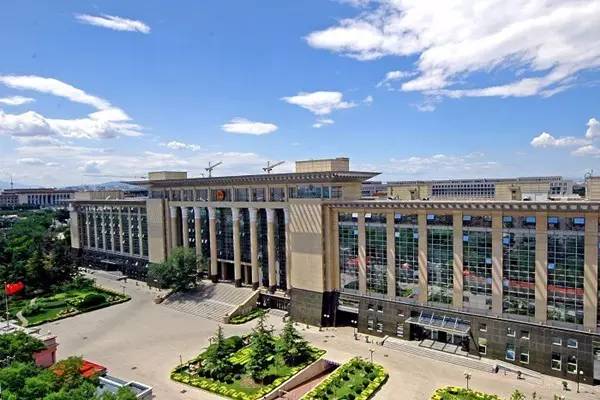
▲中华人民共和国最高人民法院大楼
Building of the Supreme People's Court of the People's Republic of China
中华人民共和国设立最高人民法院、地方各级人民法院和军事法院等专门人民法院。最高人民法院监督地方各级人民法院和专门人民法院的审判工作,上级人民法院监督下级人民法院的审判工作。
全国共有32个高级人民法院(含1个解放军军事法院),407个中级人民法院(含专门人民法院),3099个基层人民法院(含专门人民法院)。全国共有法官20万人(含女法官6.8万人),其中高级人民法院0.7万人,中级人民法院3.9万人,基层人民法院15.4万人。
The People’s Republic of China has established the Supreme People’s Court, local people’s courts at various levels and specialized people’s courts, such as military courts. The Supreme People’s Court supervises the trial work of local courts at various levels and specialized courts, while people’s courts at higher levels supervise trial work of people’s courts at lower levels.
Across the country, there are 32 high people’s courts (including the Military Court of the People’s Liberation Army), 407 intermediate people’s courts (including specialized courts) and 3,099 primary people’s courts (including specialized courts). There are about 200,000 judges (including 68,000 female judges), of which 7,000 sit in high people’s courts, 39,000 in intermediate people’s courts and 154,000 in primary people’s courts.

▲中华人民共和国首席大法官、最高人民法院院长周强
H.E. Mr. ZHOU Qiang
Chief Justice and President of the Supreme People’s Court of China


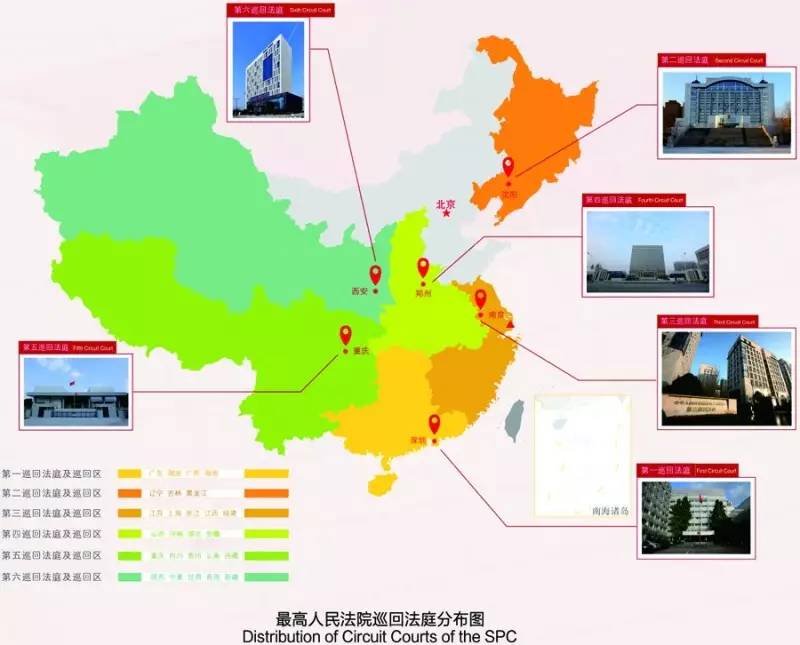
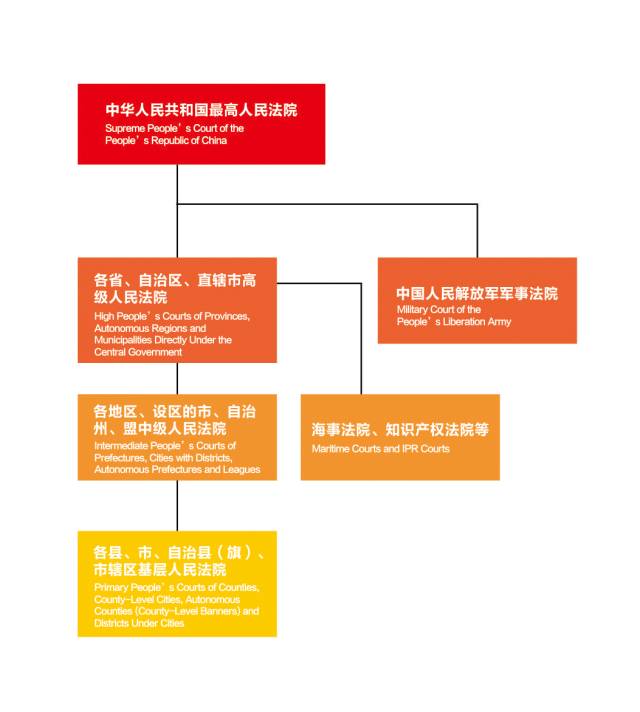
▲中国法院体系结构图
Organizational Chart of the Chinese Court System
文莱达鲁萨兰国
Negara Brunei Darussalam
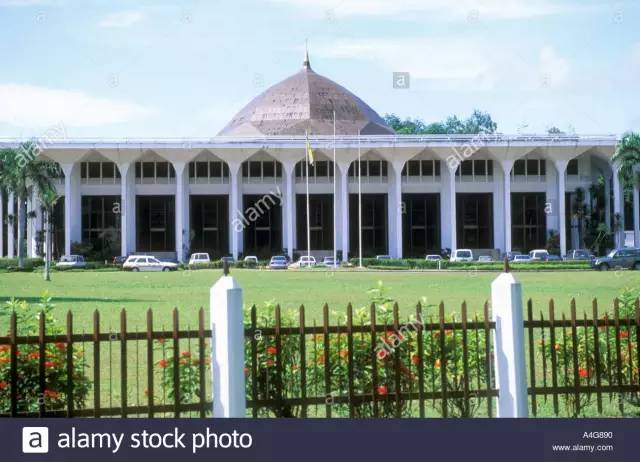
▲文莱最高法院大楼
Building of the Supreme Court of Brunei
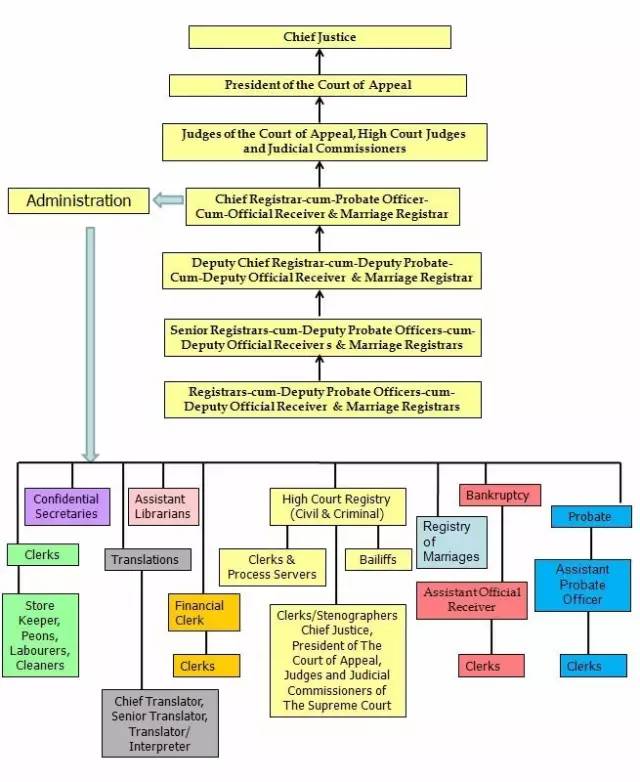
▲文莱司法体系
Brunei Judicial System
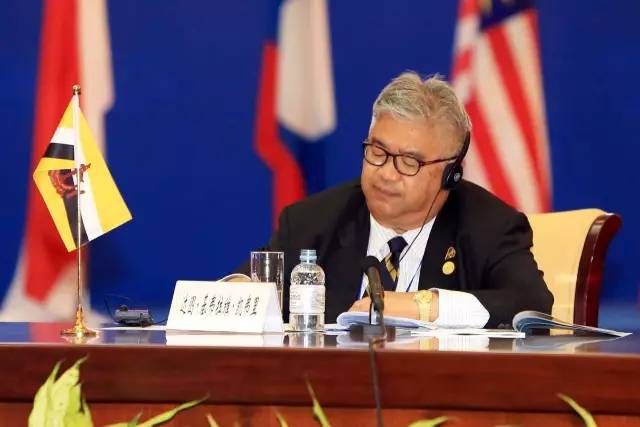
▲2014年9月,文莱最高法院首席大法官达图 基弗拉维凯弗里在中国-东盟大法官论坛专题讨论会上发言。
H.E. Mr Dato Kifrawi Kifli, Chief Justice of the Supreme Court of Brunei Darussalam, gave a presentation at the topic discussion of China-ASEAN Justice Forum in September, 2014.
柬埔寨王国
The Kingdom of Cambodia
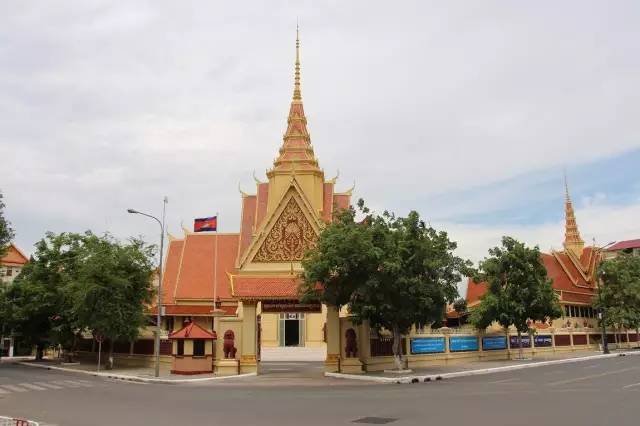
▲柬埔寨最高法院大楼
Building of the Supreme Court of Cambodia
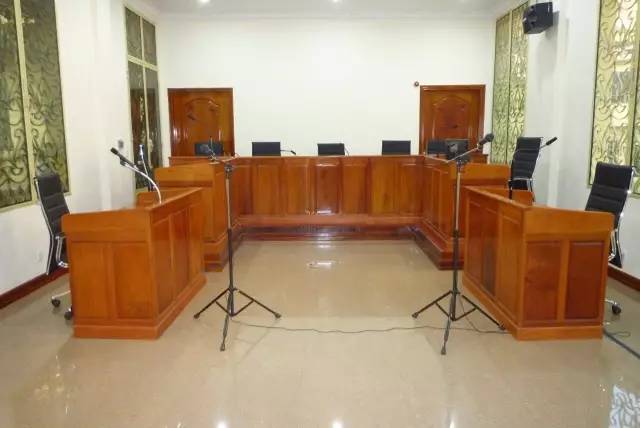
▲民事法庭
Civil Courtroom
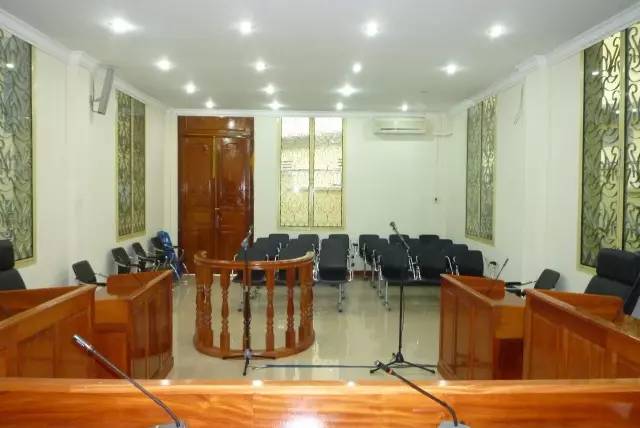
▲刑事法庭
Criminal Courtroom
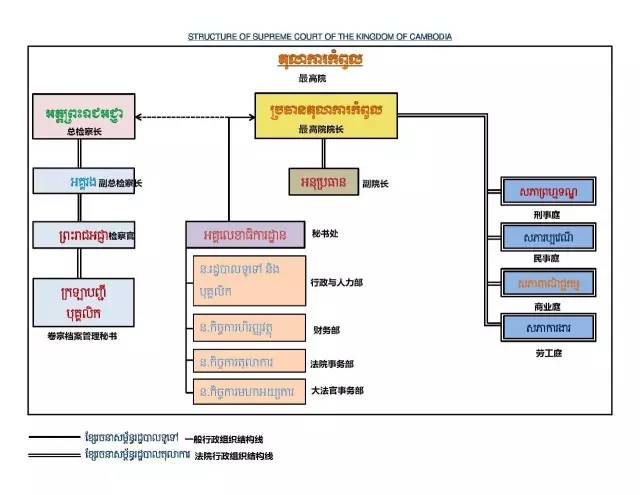
▲柬埔寨最高法院组织机构图
Organizational Structure of the Supreme Court of Cambodia
印度尼西亚共和国
The Republic of Indonesia
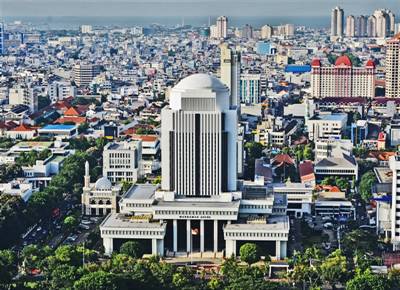
▲印尼最高法院大楼
Building of the Supreme Court of Indonesia
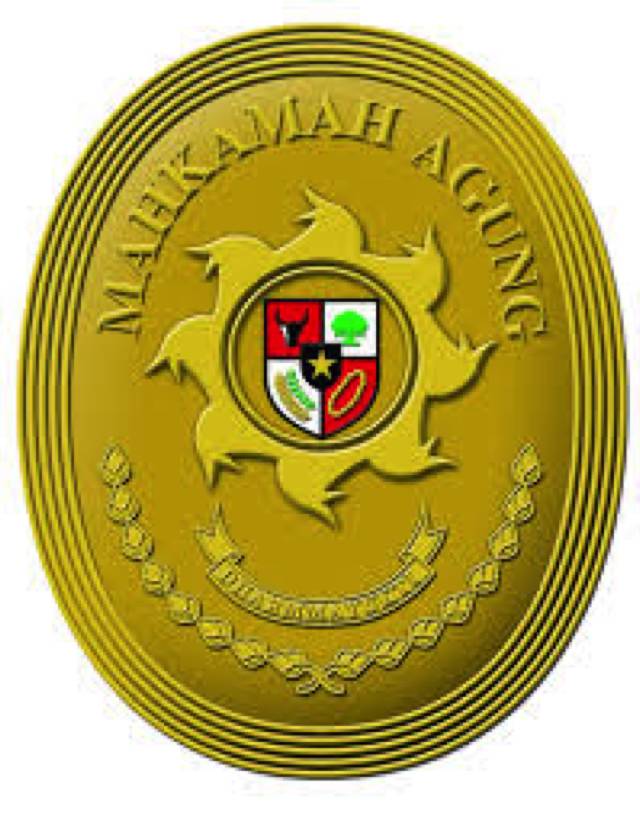
▲印尼最高法院院徽
Emblem of the Supreme Court of Indonesia
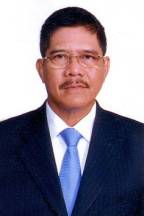
▲印尼首席大法官哈达·阿里
H.E. Mr. M. Hatta Ali,Chief Justice of the Supreme Court of Indonesia
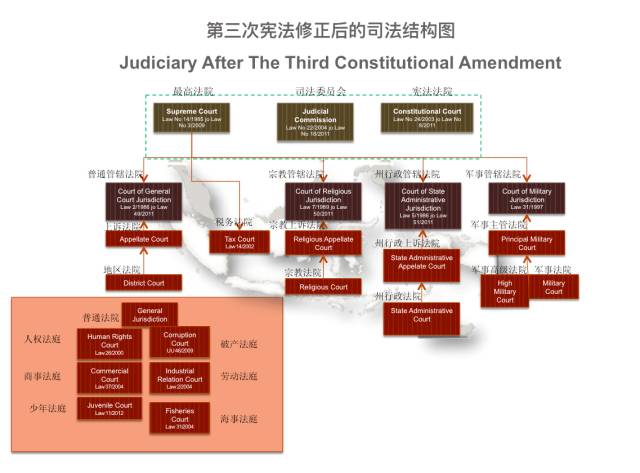
▲印尼法院组织机构图
Organizational Structure of the Courts of Indonesia
老挝人民民主共和国
The Lao People's
Democratic Republic
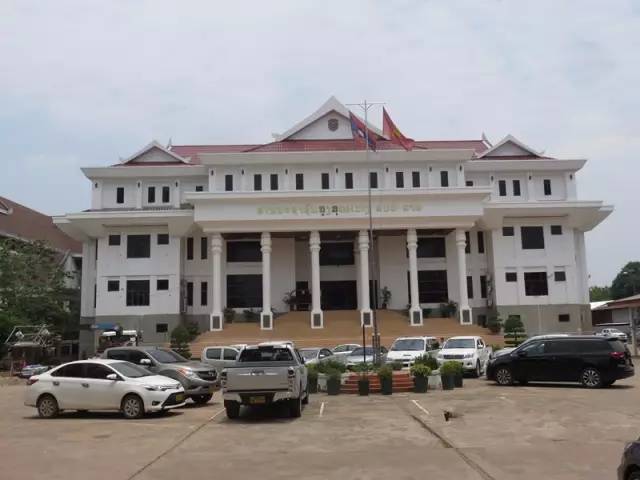
▲老挝最高人民法院大楼
Building of the People's Supreme Court of Laos
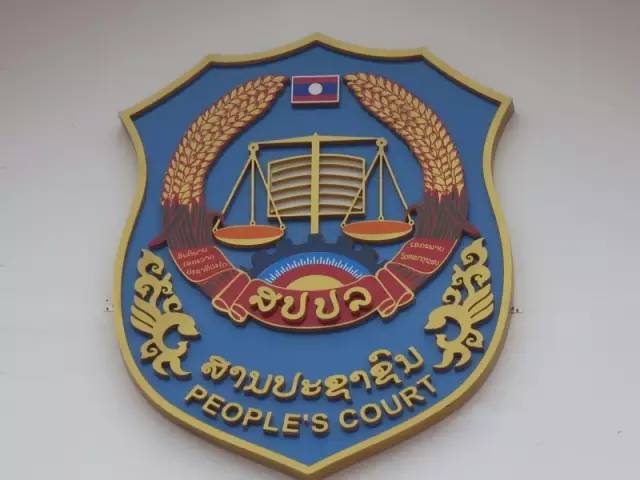
▲老挝最高人民法院院徽
Emblem of the People’s Supreme Court of Laos
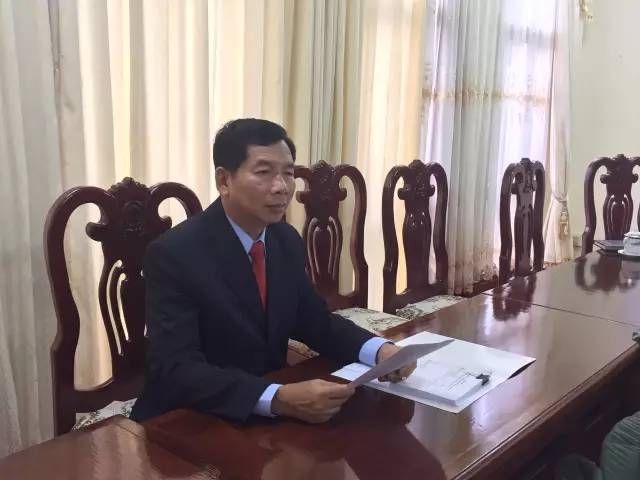
▲老挝最高人民法院院长坎潘·西提丹帕
H.E. Mr. Khamphane SITTHIDAMPHA,President of the People’s Supreme Court of Lao People's Democratic Republic
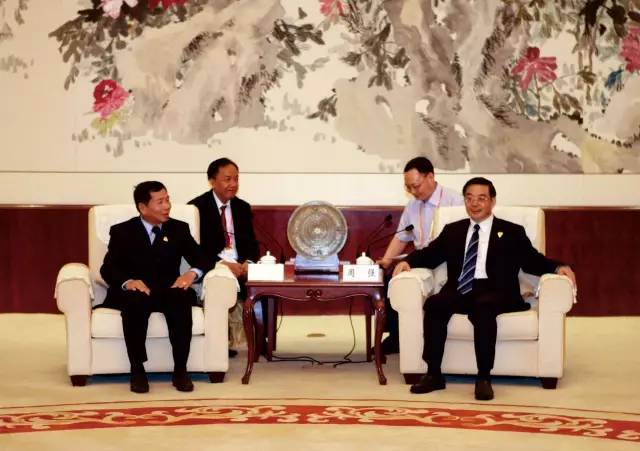
▲2014年9月,中华人民共和国首席大法官、最高人民法院院长周强会见出席中国-东盟大法官论坛的老挝最高人民法院院长坎潘·西提丹帕
H.E. Mr. ZHOU Qiang, Chief Justice and President of the Supreme People’s Court of China, met H.E. Mr. SITTHIDAMPHA , President of the People’s Supreme Court of the Lao People’s Democratic Republic, at China-ASEAN Justice Forum in September, 2014.
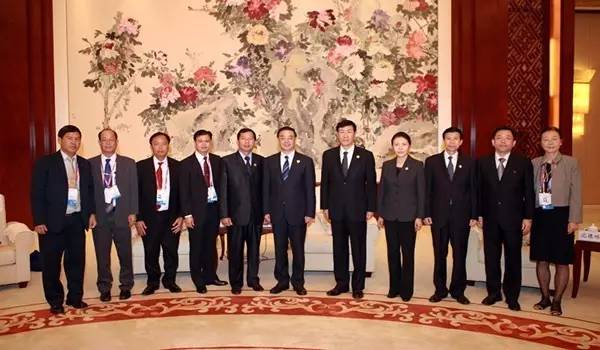
▲中华人民共和国首席大法官、最高人民法院院长周强与老挝最高法院代表团合影
Group Photo of H.E. Mr. ZHOU Qiang, Chief Justice and President of the Supreme People’s Court of China ,and the delegation of the People’s Supreme Court of the Lao People’s Democratic Republic.
马来西亚
Malaysia
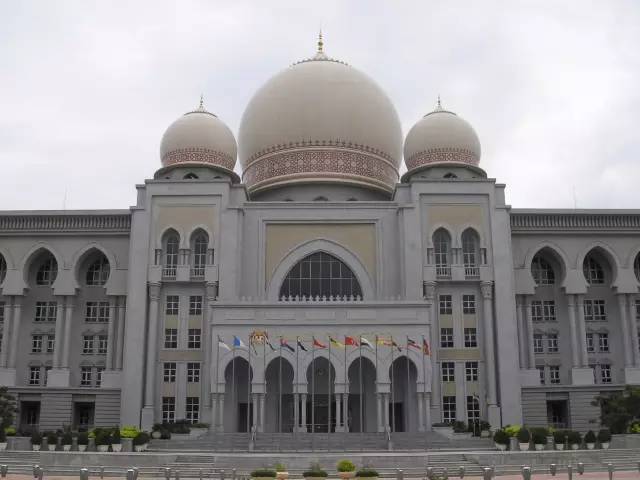
▲马来西亚司法宫
The Palace of Justice Putrajaya
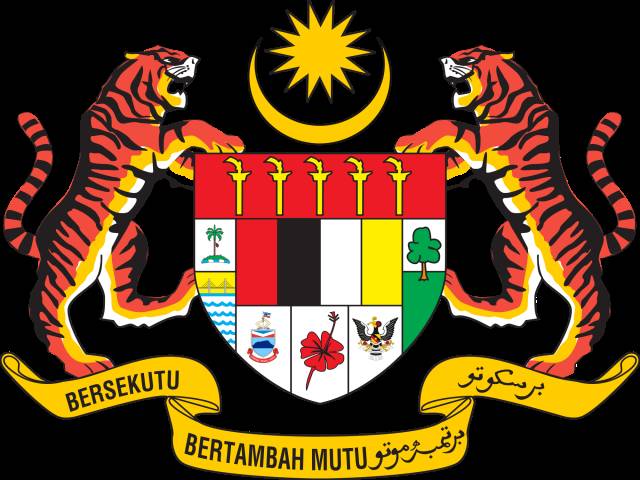
▲马来西亚联邦法院法徽
Emblem of the Palace of Justice of Malaysia
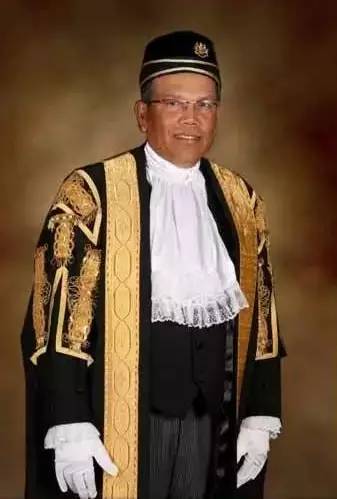
▲马来西亚首席大法官默罕默德·本·谢里夫
H.E. Tan Sri Dato' Seri Md Raus Sharif,Chief Justice of Malaysia
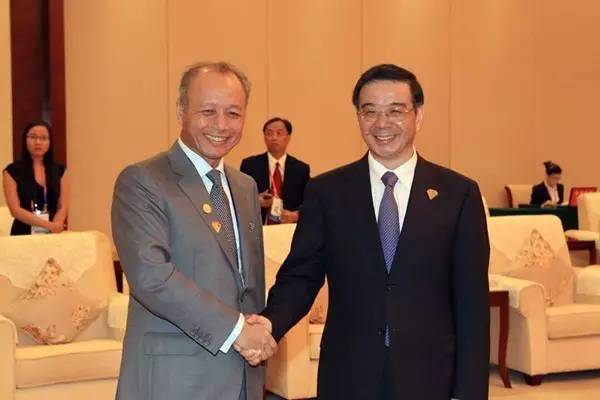
▲2014年9月,中华人民共和国首席大法官、最高人民法院院长周强会见出席中国-东盟大法官论坛马来西亚时任首席大法官吞阿里芬 宾 扎卡利亚
H.E. Mr. ZHOU Qiang, Chief Justice and President of the Supreme People’s Court of China, met H.E. Mr. Arifin Bin Zakaria, Chief Justice of Malaysiaat the China-ASEAN Justice Forum in September, 2014
马来西亚法院组织结构
Organizational Structure of the Courts of Malaysia
上级法院:The Superior courts:
联邦法院Federal Court
上诉法院Court of Appeal
高等法院High Court
下级法院:The Subordinate Courts:
地方法院The Sessions Court
治安法院Magistrate’s Court
乡镇法院Penghulu’s Court
缅甸联邦共和国
The Republic of
the Union of Myanmar
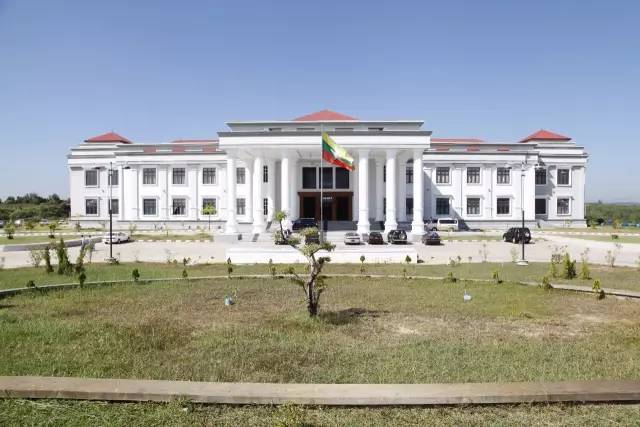
▲缅甸联邦最高法院大楼
Building of the Supreme Court of the Republic of the Union of Myanmar
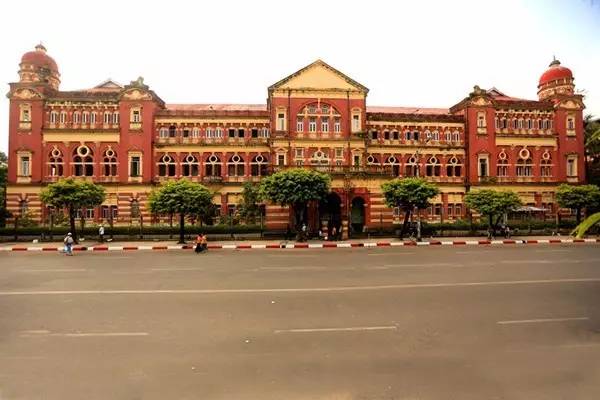
▲仰光省高等法院大楼(缅甸联邦最高法院旧址)
Building of the High Court of Yangon (Former Site of the Supreme Court of the Union)
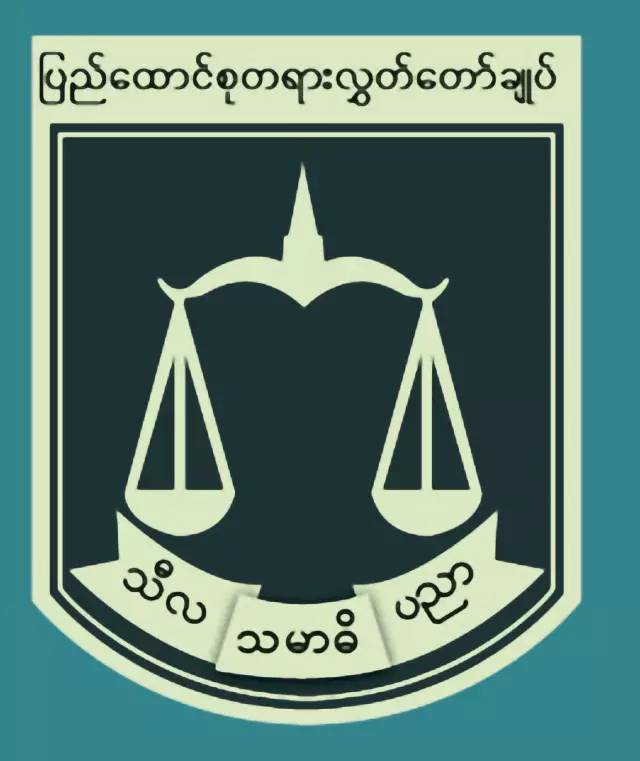
▲缅甸法徽
Emblem of the Myanmar Judiciary
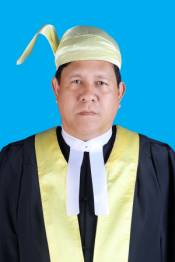
▲缅甸联邦首席大法官吞吞乌
H.E. Mr. Htun Htun Oo , Chief Justice of the Union of Myanmar
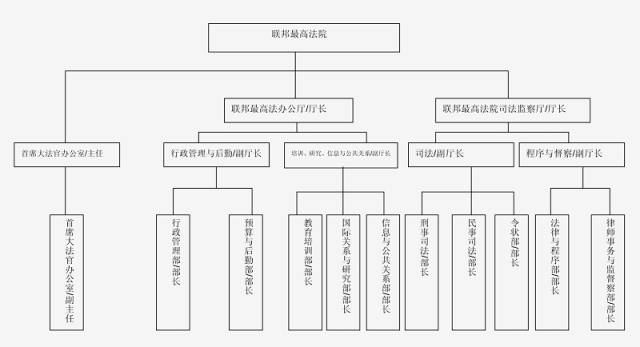
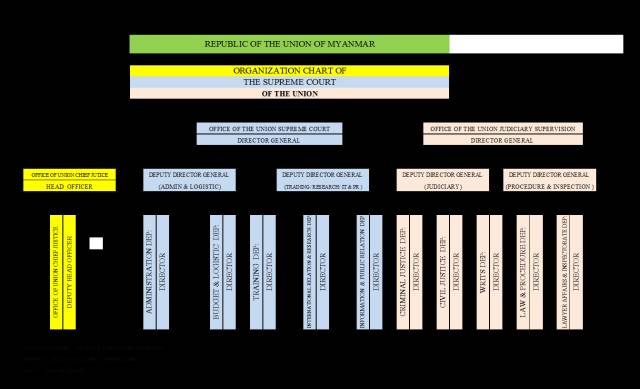
▲联邦最高法院组织体系示意图
Organizational Structure of the Supreme Court of the Republic of the Union of Myanmar
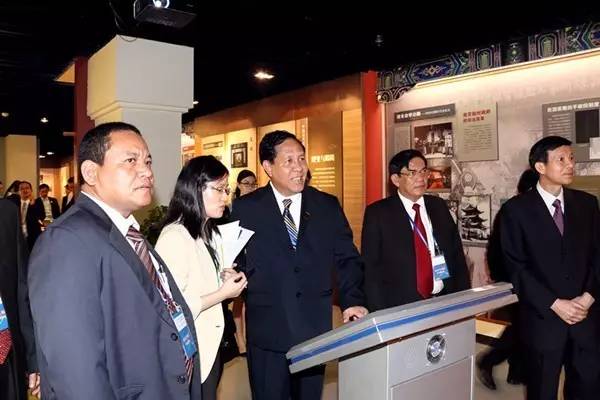
▲2013年8月,缅甸联邦首席大法官吞吞乌参观广西法院文化展馆
Chief Justice Htun Htun Oo visited the Judicial Culture Exhibition Hall of High People’s Court of Guangxi Zhuang Autonomous Region in August, 2013
菲律宾共和国
The Republic of the Philippines
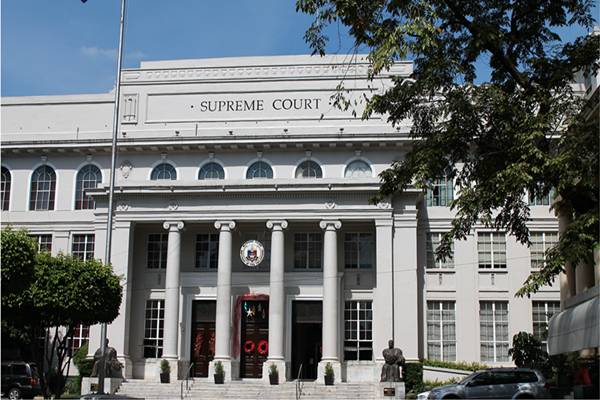
▲菲律宾最高法院大楼
Building of the Supreme Court of the Philippines
菲律宾最高法院简介
菲律宾最高法院是菲律宾最高一级的审判机关,由一名首席大法官和十四名大法官组成。菲律宾最高法院的权力源于1987年宪法第八章的规定,根据宪法规定,最高法院“享有对全国法院及其人员的行政监督权”。最高法院具有司法职能和行政职能,涉及对菲律宾法院及其雇员以及菲律宾律师的监督和管理。根据这些职能,最高法院有权下令改变审判地点,以避免司法不公,并任命所有司法机关的官员和雇员。最高法院还被赋予制定法律职业资格规则、为弱势群体提供法律援助,维护法庭程序性规则的职权。
The Supreme Court of the Philippines is the highest court in the Philippines. It is presided over by a Chief Justice and is composed of fifteen Justices, including the Chief Justice. The powers of the Supreme Court are defined in Article VIII of the 1987 Constitution. Pursuant to the Constitution, the Supreme Court has "administrative supervision over all courts and the personnel thereof". These functions may be generally divided into two–judicial functions and administrative functions. The administrative functions of the Court pertain to the supervision and control over the Philippine judiciary and its employees, as well as over members of the Philippine bar. Pursuant to these functions, the Court is empowered to order a change of venue of trial in order to avoid a miscarriage of justice and to appoint all officials and employees of the judiciary. The Court is further authorized to promulgate the rules for admission to the practice of law, for legal assistance to the underprivileged, and the procedural rules to be observed in all courts.
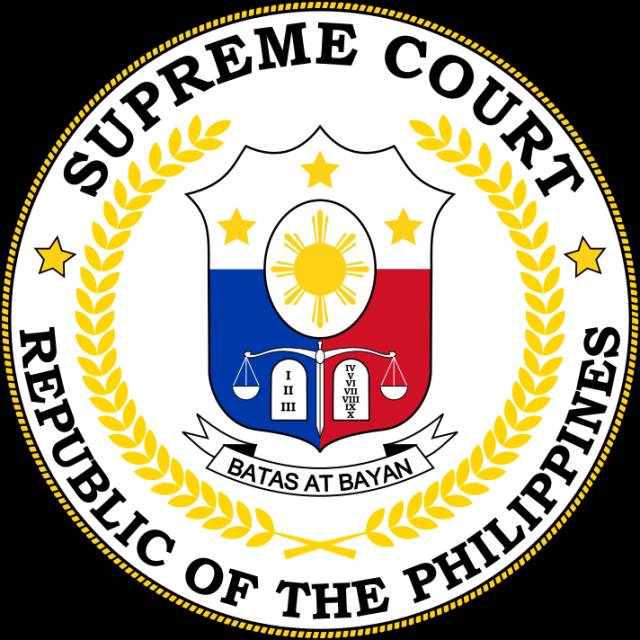
▲菲律宾最高法院法徽
Emblem of the Supreme Court of Philippines
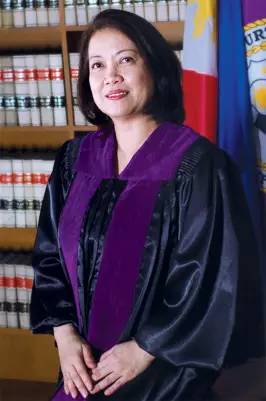
▲菲律宾首席大法官玛利亚·塞雷诺
H.E.Ms.Maria Lourdes P.A.Sereno, Chief Justice of the Supreme Court of Philippines
新加坡共和国
The Republic of Singapore
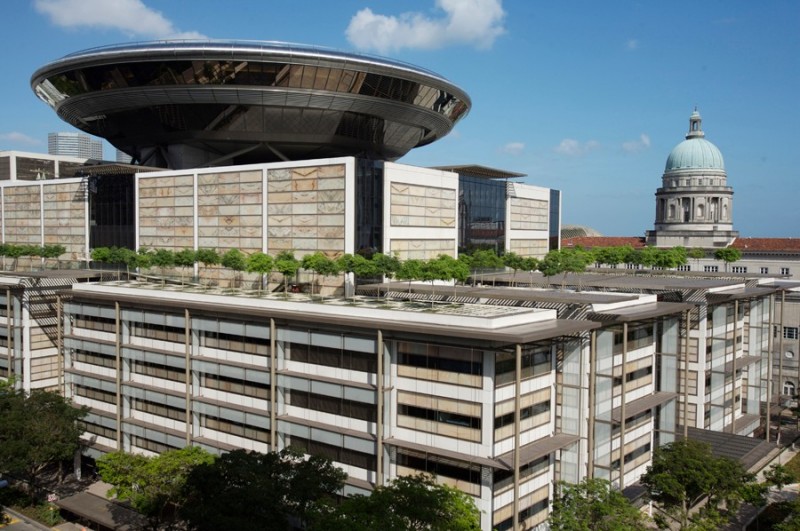
▲新加坡最高法院大厦
Building of the Supreme Court of Singapore
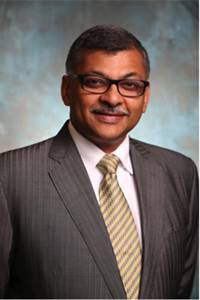
▲新加坡共和国大法官梅达顺
H.E. Mr. Sundaresh Menon, Chief Justice of Singapore
新加坡最高法院组织结构
Organizational Structure of the Supreme Court of Singapore
最高法院由上诉庭和高等法院组成,审理民事和刑事案件。最高法院的法官包含首席大法官、上诉庭法官、法官、高级法官、国际法官和司法委员。主簿监管最高法院注册处,由副主簿、高级助理主簿和助理主簿辅助。法律秘书由首席大法官直接监管,协助法院进行法律研究工作,特别是针对上诉庭审理的上诉案件。
The Supreme Court is made up of the Court of Appeal and the High Court, and hears both civil and criminal matters. The Supreme Court Bench consists of the Chief Justice, Judges of Appeal, Judges, Senior Judges, International Judges and Judicial Commissioners. The Supreme Court Registry is headed by the Registrar who is assisted by the Deputy Registrar, Senior Assistant Registrars and Assistant Registrars. Justices' Law Clerks, who work directly under the charge of the Chief Justice, assist the Judiciary by carrying out research on the law, particularly for appeals before the Court of Appeal.
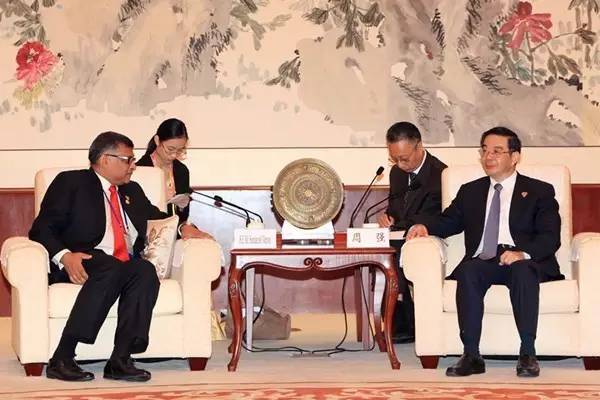
▲2014年9月,中华人民共和国最高人民法院院长周强在荔园山庄会见出席中国-东盟大法官论坛的新加坡最高法院大法官梅达顺
H.E. Mr. ZHOU Qiang, President of the Supreme People’s Court of the People’s Republic of China,met H.E. Mr. Sundaresh Menon, Chief Justice of the Supreme Court of Singapore,at the China-ASEAN Justice Forum in Liyuan Resort in September, 2014
泰王国
The Kingdom of Thailand
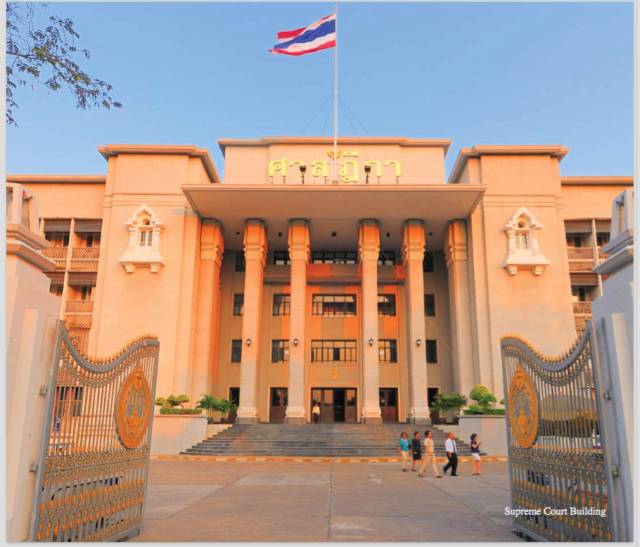
▲旧大理院大楼
The Old Building of the Supreme Court
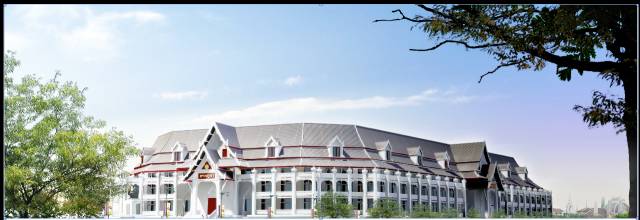
▲新大理院大楼概念图
Design of the New Building of the Supreme Court
大理院是全国所有民事和刑事案件的终审法院。通常来说,所有民事案件及部分刑事案件的上诉要经大理院的许可。大理院由一名院长、六名副院长、秘书和若干大法官组成。大理院院长也是整个法院系统的最高领导。在目前的法院体系中,大理院院长的地位处于国家司法和行政体系的最高位置。
The Supreme Court is the court of final appeal in all civil and criminal cases in the whole Kingdom. Normally, the appeal of all civil cases and some types of criminal cases are subject to permission of the Supreme Court. The Supreme Court consists of the President, a maximum of six Vice - Presidents, the Secretary and a number of justices. The President of the Supreme Court is also the head of the Courts of Justice. In the present system of the Courts of Justice, the President of the Supreme Court sits at the pinnacle in judicial and administrative structures.
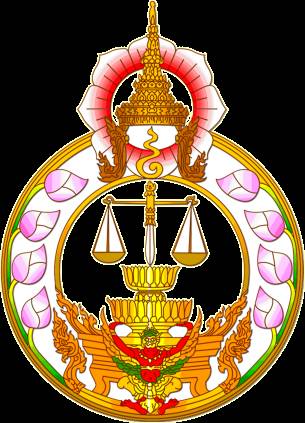
▲泰国法徽
Emblem of the Courts of Justice of Thailand
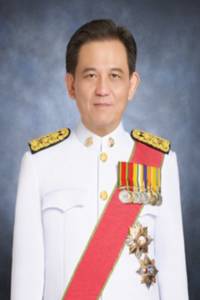
▲泰国大理院现任院长维拉蓬·汤苏万
H.E. Mr. Veerapol Tungsuwan, Chief Justice, President of the Supreme Court of Thailand
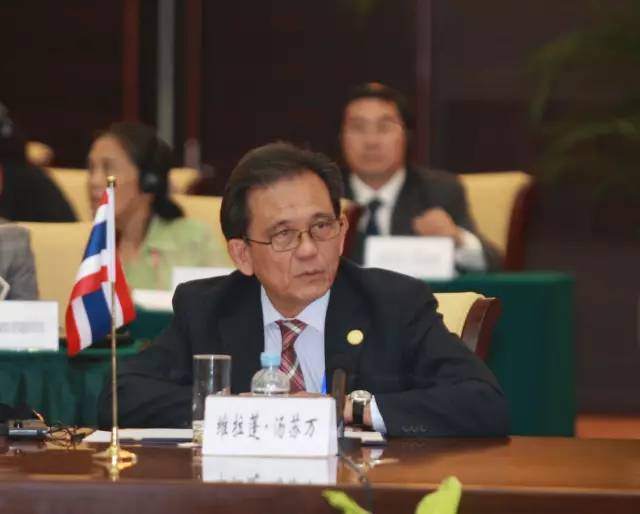
▲2014年9月16日,泰国大理院现任院长维拉蓬·汤苏万在中国-东盟大法官论坛上发言(时任副院长)
H.E. Mr. Veerapol Tungsuwan, President of the Supreme Court of Thailand, gave a presentation at the China-ASEAN Justice Forum on September 16, 2014
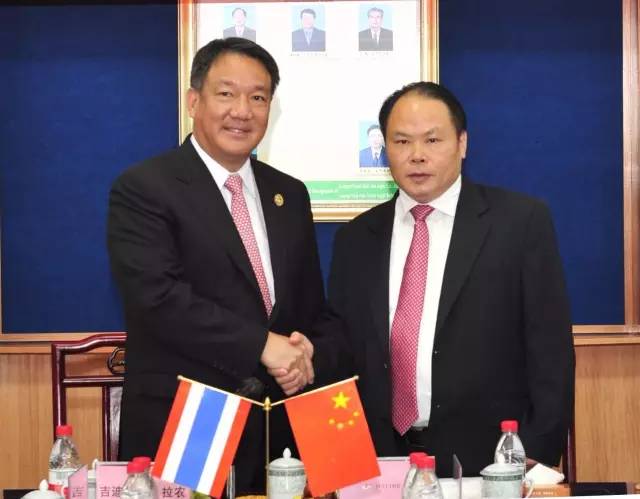
▲广西壮族自治区高级人民法院院长黄克与泰国副总理吉迪拉友好会见
Hon. Mr. HUANG Ke, President of the High People's Court of Guangxi Zhuang Autonomous Region, met Hon. Mr. Kittiratt Na-Ranong , Deputy Prime Minister of Thailand
越南社会主义共和国
The Socialist Republic of Viet Nam
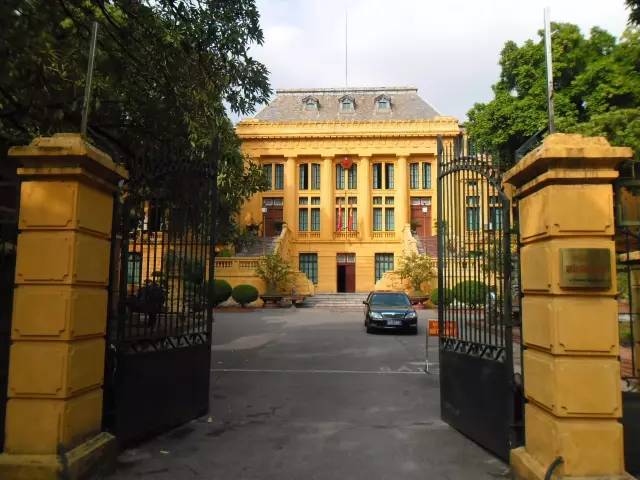
▲越南最高人民法院大楼
Building of the Supreme People’s Court of Viet Nam
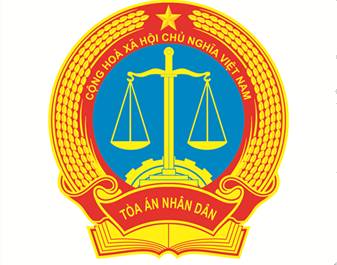
▲越南最高人民法院院徽
Emblem of the Supreme People’s Court of Viet Nam
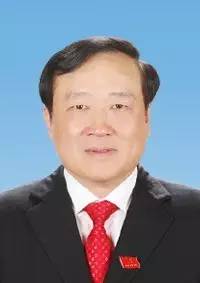
▲越南最高人民法院院长阮和平
H.E. Mr. Nguyen Hoa Binh, President of the Supreme People’s Court of Viet Nam
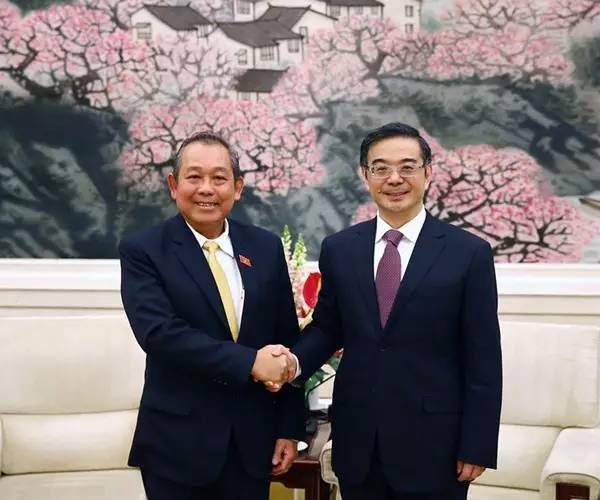
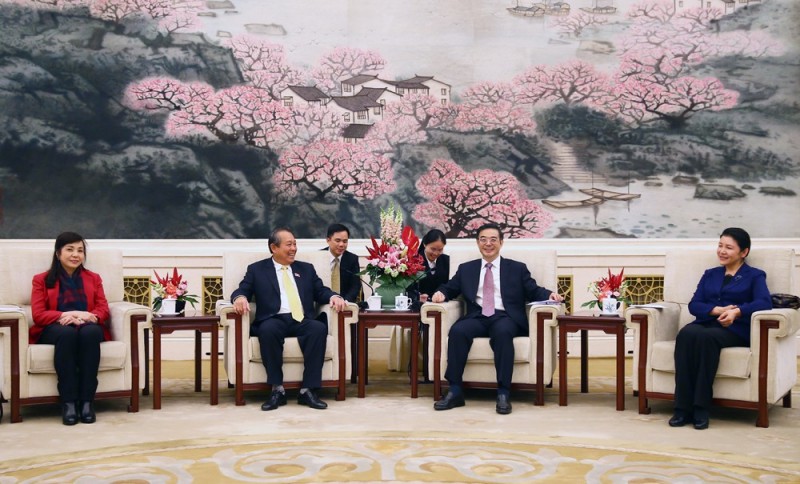
▲2016年3月,中华人民共和国首席大法官、最高人民法院院长周强在人民大会堂会见时任越南最高人民法院院长张和平
H.E. Mr. ZHOU Qiang, Chief Justice and President of the Supreme People’s Court of China, met H.E. Mr. Truong Hoa Binh, President of the Supreme People’s Court of the Socialist Republic of Viet Nam at the Great Hall of the People, Beijing in March, 2016
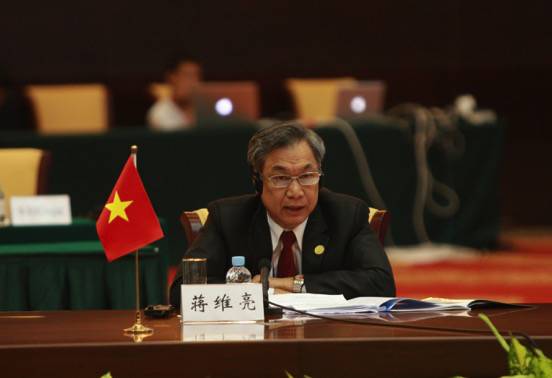
▲2014年9月,越南社会主义共和国最高人民法院时任副院长蒋维亮在中国-东盟大法官论坛专题会上发言
Hon. Mr. Tuong Duy Luong, Deputy Chief Justice of the Supreme People’s Court of the Socialist Republic of Viet Nam, gave a presentation at a special topic discussion of the China-ASEAN Justice Forum in September, 2014.
阿富汗伊斯兰共和国
The Islamic Republic of
Afghanistan
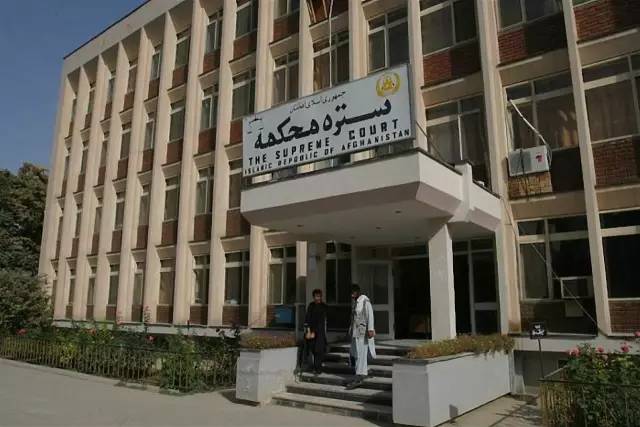
▲阿富汗最高法院大楼
Building of the Supreme Court of Afghanistan
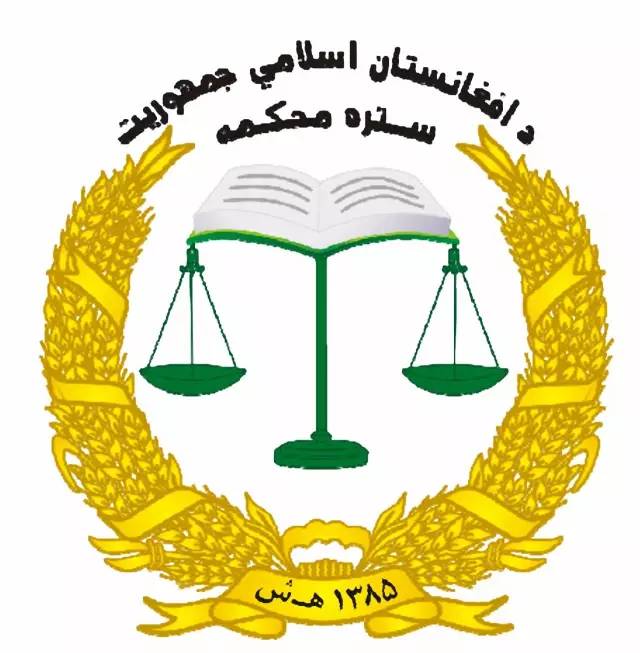
▲阿富汗最高法院院徽
Emblem of the Supreme Court of Afghanistan
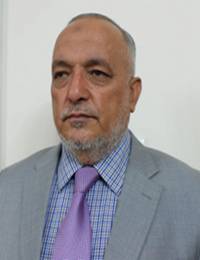
▲阿富汗伊斯兰共和国最高法院首席大法官优素福·哈利姆
H.E. Mr. Sayed Yousuf Halem, Chief Justice of the Supreme Court of the Islamic Republic of Afghanistan
阿富汗法院组织结构
Organizational Structure of the Courts of Afghanistan
最高法院Supreme Court
上诉法院 Appeal Courts
初级法院Primary Courts
其他法院Other courts
孟加拉人民共和国
The People's Republic of
Bangladesh
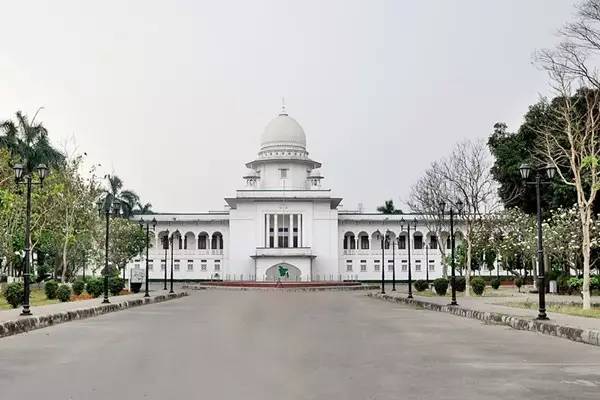
▲孟加拉国最高法院大楼
Building of the Supreme Court of Bangladesh
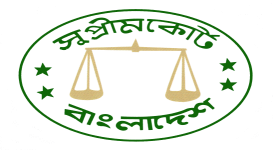
▲孟加拉国最高法院院徽
Emblem of the Supreme Court of Bangladesh
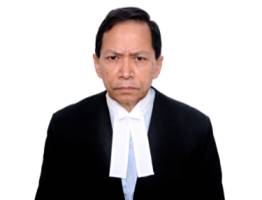
▲孟加拉国首席大法官苏仁德·库玛·森哈
H.E.Mr. Surendra Kumar Sinha,Chief Justice of Bangladesh
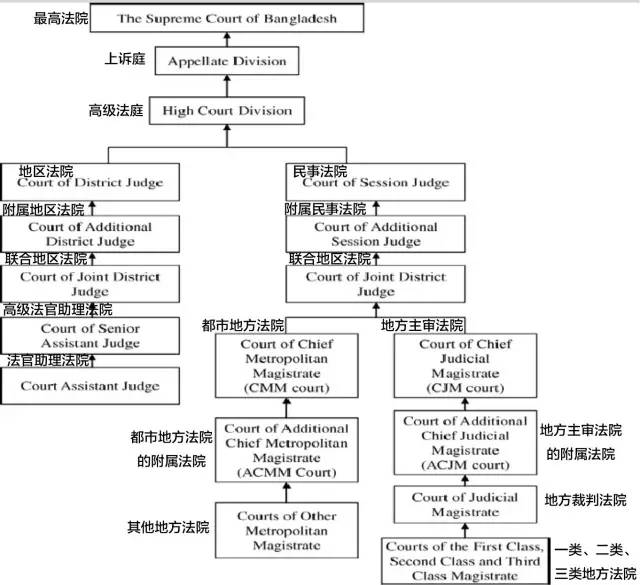
▲孟加拉国法院体系图
Court Structure of the Bangladesh
不丹王国
Kingdom of Bhutan
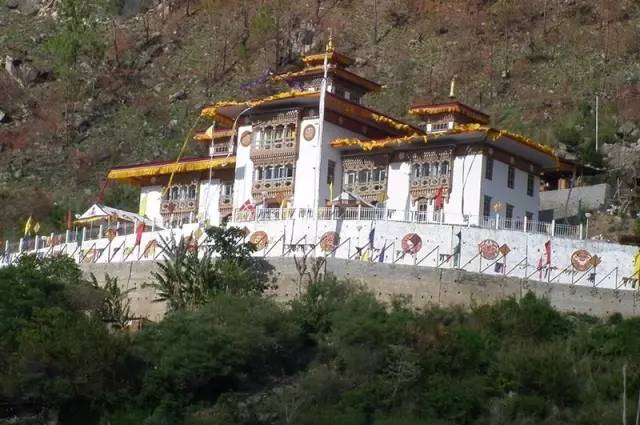
▲不丹最高法院大楼
Building of the Supreme Court of Bhutan
不丹皇家司法法院是最高司法权力及法律解释机构,根据宪法规定,其职能是公正独立地、无偏见地、无延迟地依照法治原则捍卫、维护和确保司法公正,从而提升司法的公信力,确保民众享有司法权利。皇家司法法院由最高法院、高级法院和宗卡法院(不丹有20个宗卡,类似于行政区),以及行政分区法院(不丹有15个行政分区),以及部分由国王在国家司法委员会建议下组建的法院和法庭组成。不丹首席大法官是策林·旺楚克。
The ultimate authority of the judiciary and on the interpretation of laws is the Royal Court of Justice. Its constitutional mandate is to safeguard, uphold, and administer justice fairly and independently without fear, favour, or undue delay in accordance with the rule of law to inspire trust and confidence and to enhance access to justice. The Royal Court of Justice is composed of the Supreme Court, the High Court, the Dzongkhag Courts, the Dungkhag Courts, and such other courts and tribunals as may be established by the King on the recommendation of the National Judicial Commission.Chief Justice of the Supreme Court of Bhutan is H. E. Mr. Dasho Tshering Wangchuk.
不丹有20个宗卡,每个宗卡均有宗卡法院,这20个宗卡法院中,有14个是皇家法院系统的一审法院,另外6个宗卡在宗卡法院下设有行政分区法院负责审理一审案件。
The Dzongkhag Court exists in each of Bhutan's 20 Dzongkhags, and is the court of first instance of the Royal Court of Justice in 14 of the 20 Dzongkhags of Bhutan. In the remaining 6 Dzongkhags there exists a further subdivision, Dungkhag, which is the basic level of judicial administration in those jurisdictions.
印度共和国
The Republic of India
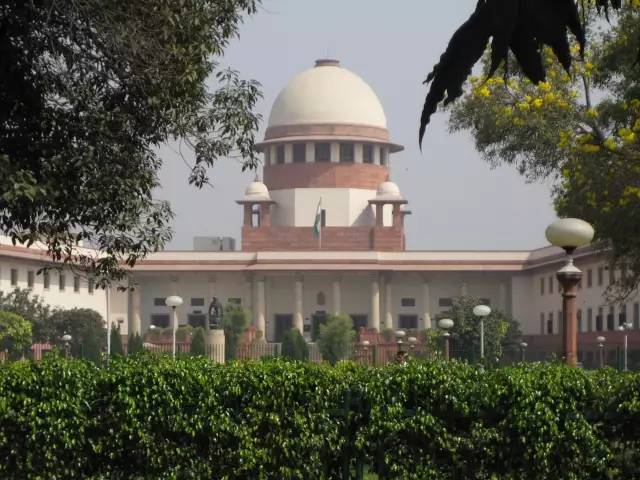
▲印度最高法院大楼
Building of the Supreme Court of India
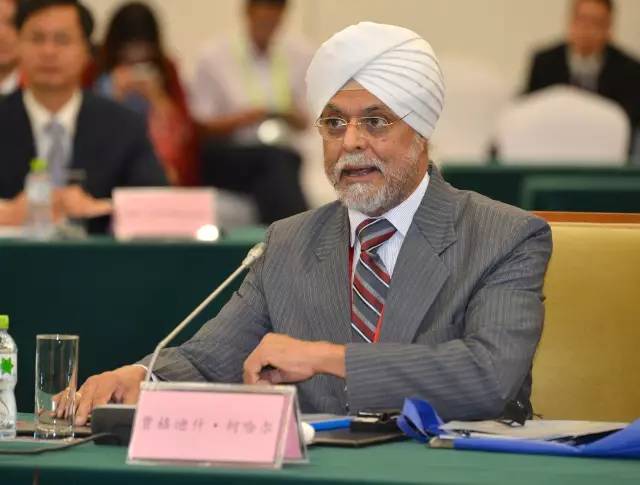
▲印度共和国最高法院首席大法官贾格迪什 辛格柯哈尔
H.E. Mr. Jagdish Singh Khehar, Chief Justice of the Supreme Court of the Republic of India
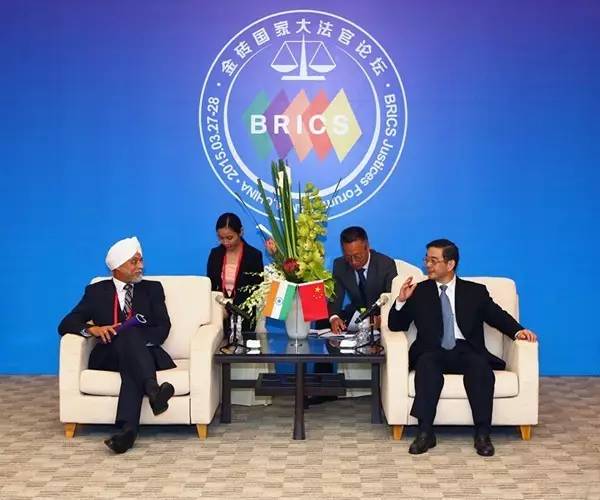
▲2015年3月,中华人民共和国首席大法官、最高人民法院院长周强院长会见出席金砖国家大法官论坛暨2015年博鳌亚洲论坛环境司法分论坛的印度共和国最高法院时任大法官贾格迪什辛格 柯哈尔(现任首席大法官)。
H.E. Mr. ZHOU Qiang, Chief Justice and President of the Supreme People’s Court of China, met Hon. Mr. Jagdish Singh Khehar, Justice of the Supreme Court of the Republic of India(current Chief Justice), who attended the BRICS Justices Forum &the Environmental Judicial Protection Sub-Forum of 2015 Boao Forum for Asia in March, 2015
马尔代夫共和国
The Republic of Maldives
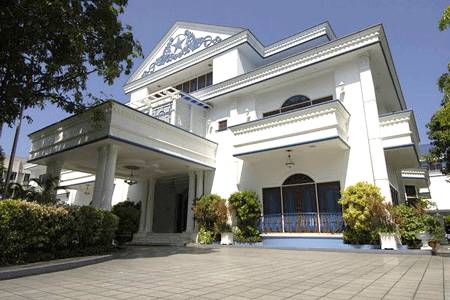
▲马尔代夫最高法院大楼
Building of the Supreme Court of Maldives
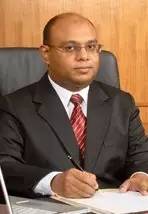
▲马尔代夫首席大法官阿卜杜拉·萨伊德
H. E. Mr. Uz Abdullah Saeed, Chief Justice of the Supreme Court of Maldives
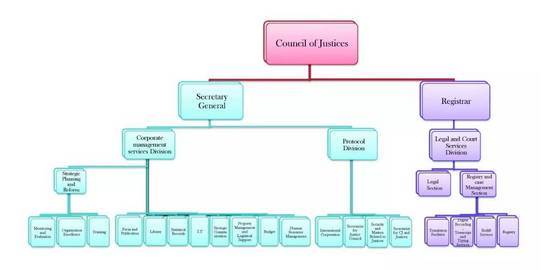
▲马尔代夫最高法院组织机构图
Organizational Structure of Supreme Court of Maldive
尼泊尔
Nepal
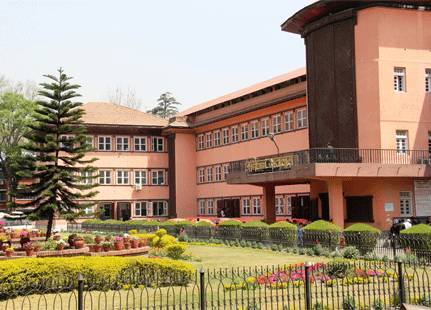
▲尼泊尔最高法院大楼
Building of the Supreme Court of Nepal

▲尼泊尔最高法院院徽
Emblem of the Supreme Court of Nepal
尼泊尔法院组织结构
Organizational Structure of the Courts of Nepal
尼泊尔司法系统由最高法院、上诉法院和七十五个地区法院组成,整个司法系统共有250名法官和4500名其他工作人员。
尼泊尔最高法院由一名首席大法官和二十名大法官组成。
上诉法院负责审理地区法院一审的上诉案件以及不服准司法机构裁决的案件。
地区法院同时审理民事和刑事案件。
The current constitution and laws draw a neat structure of courts, with a Supreme Court, Appellate Courts and 75 district courts. Due to its relatively wide network of courts—staffed by over 250 judges and around 4,500 other officials—the Nepalese courts have fairly good geographic accessibility.
The Supreme Court is composed of the Chief Justice, twenty Justices.
The Appellate Courts hear appeals against the decisions of District Courts and of quasi-judicial institutions.
District Courts are jurisdiction trial courts that exercise both civil and criminal jurisdiction.
巴基斯坦伊斯兰共和国
The Islamic Republic of Pakistan
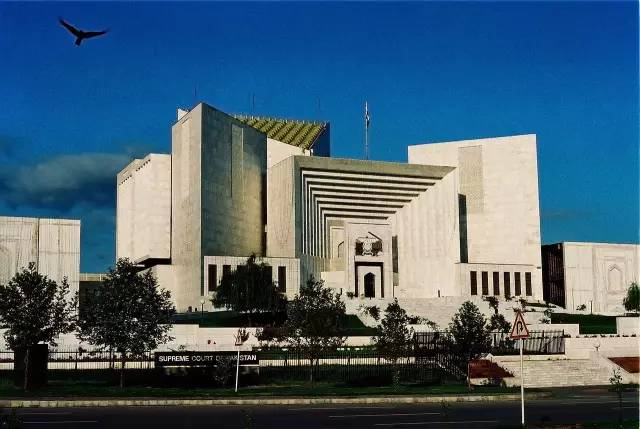
▲巴基斯坦最高法院大楼
Building of the Supreme Court of Pakistan
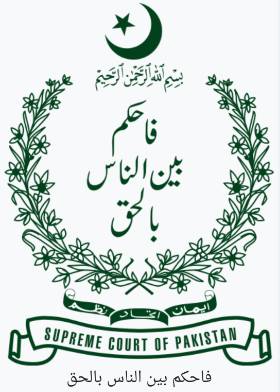
▲巴基斯坦最高法院院徽
Emblem of the Supreme Court of Pakistan
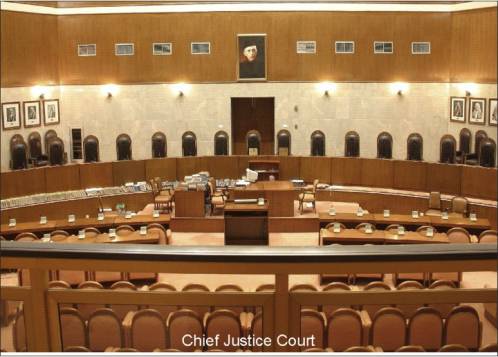
▲首席大法官法庭
Chief Justice Court
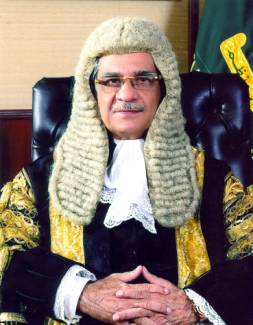
▲巴基斯坦最高法院首席大法官米安·萨基卜·尼萨尔
H.E. Mr. Mian Saqib Nisar,Chief Justice of the Supreme Court of Pakistan
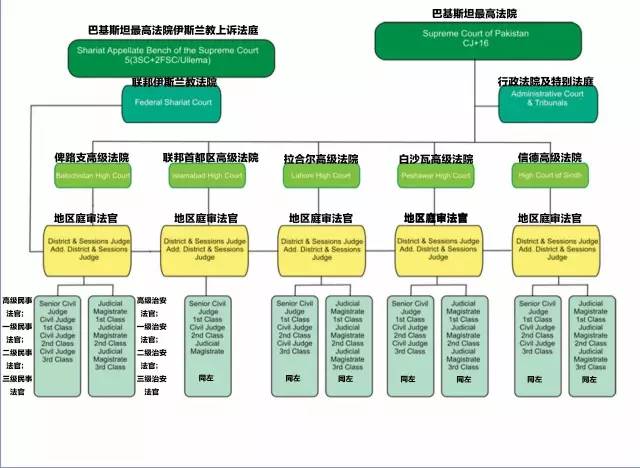
▲巴基斯坦法院组织机构图
Organizational Structure of the Courts of Pakistan
斯里兰卡民主社会主义共和国
The Democratic Socialist Republic of Sri Lanka
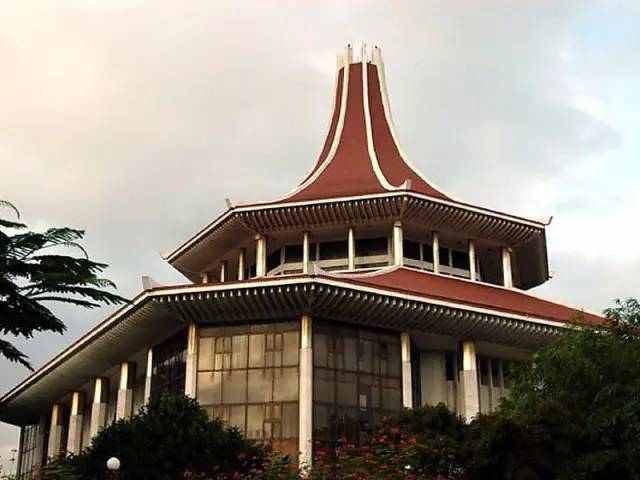
▲斯里兰卡最高法院大楼
Building of the Supreme Court of Sri Lanka
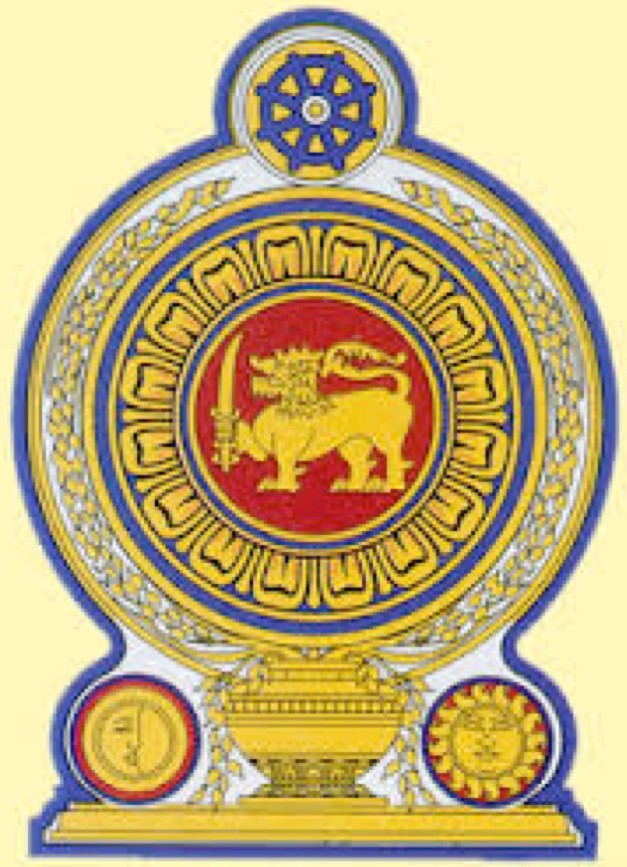
▲斯里兰卡最高法院院徽
Emblem of the Supreme Court of Sri Lanka
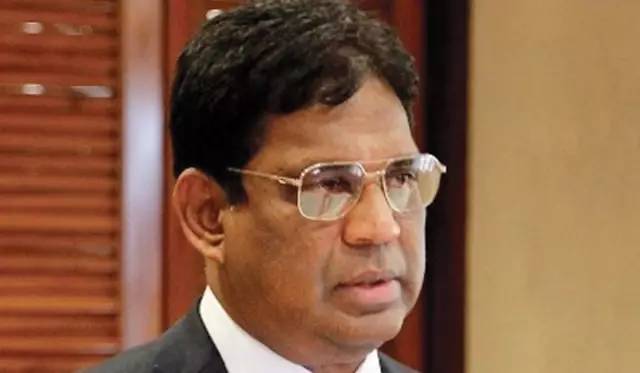
▲斯里兰卡首席大法官维威治·普利亚萨特·杰勒德·德普
H. E. Mr. Wewage Priyasath Gerard Dep, Chief Justice of Sri Lanka
斯里兰卡法院体系
Organization of the Sri Lanka Courts
最高法院
Supreme Court
上诉法院
Court of Appeal
高级法院
High Courts
地区法院
District Courts
治安法院
Magistrate's Courts
高级商事法院
Commercial High Court
结束语
Concluding Remarks
“中国-东盟-南亚国家司法文化专题展”是对中国与东盟、南亚国家司法文化发展成就的集中展示,也是继续发展和提升各国司法交流合作水平的新的起点。随着“一带一路”倡议的持续深入推进,中国与东盟、南亚国家间的友好交往必将更加密切,司法交流合作必将进一步加强。
The Judicial Culture Exhibition of China, Southeast Asian and South Asian Countries is a basic display of achievements in the development of judicial culture by China, Southeast Asian and South Asian countries. It is also a starting point for continued development and further enhancement of judicial exchange and cooperation. The continuous and in-depth implementation of the Belt and Road Initiative is bound to intensify friendly exchanges among China, Southeast Asian and South Asian countries while strengthening judicial cooperation.
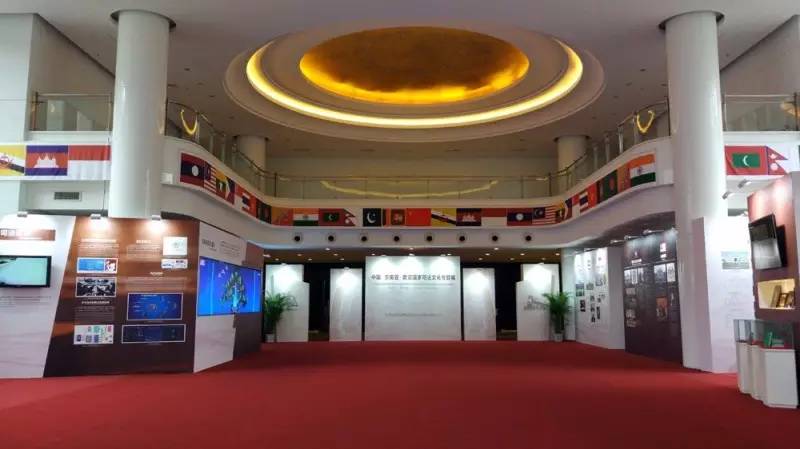
聚焦法治领域,解读热点事件
舆论热点投稿邮箱:yulunredian@126.com
扫描【指纹】 识别二维码关注!
